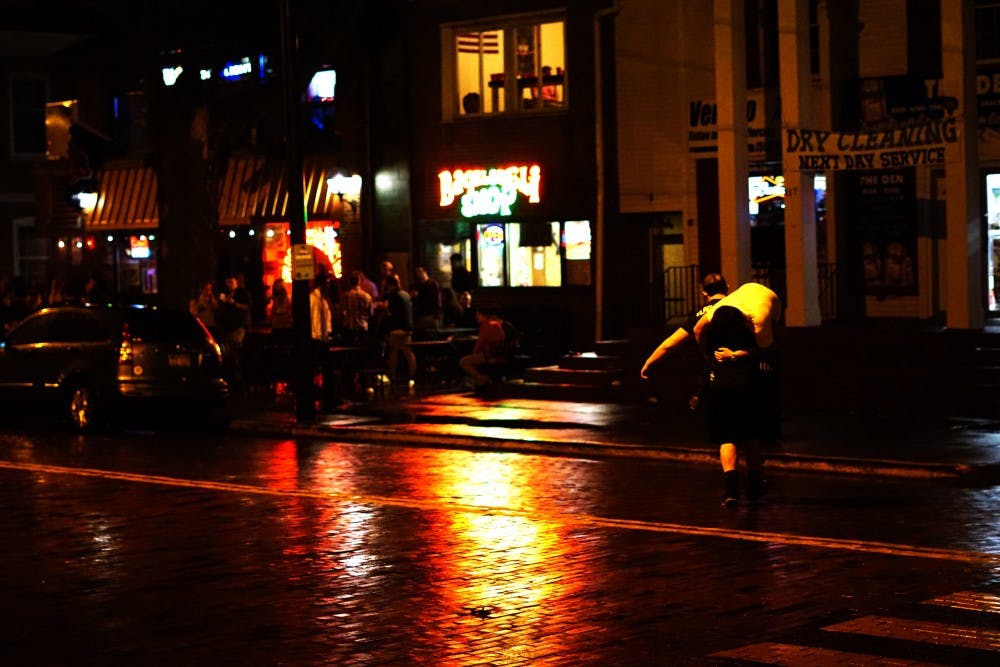If there's been one overwhelming constant in feedback from the student community at Miami, it's that it feels like The Miami Student's coverage of alcohol use on campus is personal. It's an attack on the students. It's an affront to their culture, to the release that they take in hanging out with their friends. It's an insult to what they like to do. It's elitist. It's inconsiderate.
We'll be the first to admit that the coverage of alcohol on and off campus in these past few weeks has been extensive. But we keep writing about alcohol at Miami because it's still relevant. It's that simple.
Maybe you don't think alcohol here is a problem -- but it's likely you'd agree that other things are.
Sexual assault on college campuses, for example, are often mitigated by the use of alcohol. The Washington Post reports that 8 in 10 students believe that drinking less would be an effective way to prevent sexual assault. According to a Campus Sexual Assault Study by the National Institute of Justice, alcohol is the substance used most frequently to facilitate sexual assault. And according to a study done in conjunction with Wayne State University, 50 percent of all sexual assault cases involve alcohol. According to that same study, 74 percent of attackers and 55 percent of the victims of rape in college were drinking.
Or maybe you have more of a problem with violence than you do with alcohol. In a study from the World Health Organization, 55 percent of instances of intimate partner violence started with the attacker drinking alcohol.
Additionally, the issue of alcohol's impact on students' academics cannot go without mentioning. Confirming what almost everyone that that knows anything about college could tell you, a study published by the National Center for Biotechnology Information in 2013 found that "academic performance in comparison with peers was negatively associated with heavy episodic drinking." For a campus that drinks more than the national average for colleges, these facts can only spell negative results.
These facts are disconcerting as statistics, but disgusting as real examples that have occurred on campus over the past few weeks. Sexual assault, violence and even death have all resulted from alcohol abuse or environments conducive to alcohol abuse this winter, and we have not even gotten to spring break yet. Truly, it is a disturbing time.
The point in all this, though, is not to lament the ideas of drinking and socializing in general. Rather, it is a call upon students and others to recognize the damage that can been done when people go too far in consuming mood-altering substances. Simply put, too much of a good thing can indeed be very bad.
As we have said before, the duty rests upon the individual to change the culture and mindset surrounding blackout drinking on this campus. Friends, families and anyone who has an influence need to stand up and say what should be in all students' minds: that having three or four servings of alcohol over the course of an evening is a far better alternative to having 10 or 12. Sure, most kids learn the murky art of drinking in college. Yet, Miami seems to teach drinking without regard of limitations.
It is indeed a lofty goal to try and change a culture that has been alive for decades, but at least part of the solution can be as simple as passing on advice: drinking less could go a long way.




